Devotion and the demise of the NGA’s Asian collection
‘It feels as though the whole Asian collection has not only been diminished but downgraded, as though in disgrace’ since the allegedly stolen statue was returned to India.
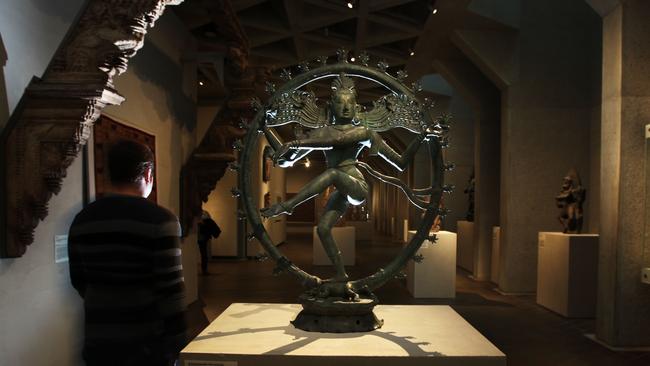
The Asian galleries used to be one of the most appealing and prominent parts of the NGA collection. The works occupied a grand hall on the ground floor and were set out as though in an Ali Baba’s cave of beautiful and mysterious treasures. There was in fact no other space in an Australian institution, apart from the old Nicholson Museum at Sydney University, now unfortunately no more, that conveyed that British Museum-like sense of being surrounded by resonant objects from ancient civilisations.
From an art-historical point of view, the NGA’s most substantial holdings are in Australian art from colonisation to modernism; its collections of historical European art are inevitably patchy, although the gallery has done well to build up coverage in the more affordable works on paper. Aboriginal, Melanesian and Polynesian arts are also important. But Asian art was and should remain a priority, both because of our geographical location and because of the significance of the civilisations and cultural traditions that these works represent.
The impression this gallery made on visitors was owing above all to the undeniable quality of the works. I can think of quite a few occasions that I walked out of some mediocre contemporary exhibition or second-rate blockbuster and into the Asian gallery to be reminded that art can be made with real care, attention and skill. And what was even more sobering was that all of these pieces were anonymous: they were not about the artist’s ego, identity or wretched personal narrative, but about something greater and impersonal.
That too was one of the reasons for the appeal of the old Asian collection. In a collection that barely includes any religious art, these works had an emotional and existential intensity not found elsewhere. You did not have to be a Hindu or Buddhist to respond to the suggestions of transcendent and spiritual experience embodied in the sculptures that have arisen from these worlds of belief. Imbued with centuries of theological and philosophical writing, as well as ascetic practice, these are figures that evoke and invite contemplative states of mind.
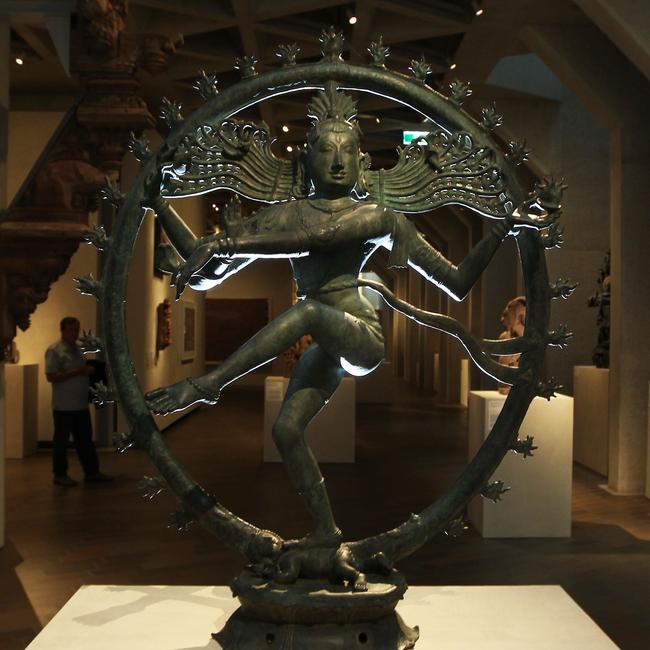
But then, unfortunately, came the discovery that one of the greatest masterpieces in the collection, the Shiva Nataraja (Chola period, 11-12th centuries) might have been stolen from its home in India – a relatively easy matter in a land with countless religious sites that never needed to be guarded in the past, and countless works of art that have not been properly documented – and acquired by unscrupulous dealers. This work, which I had always stopped to admire, suddenly disappeared from the gallery and was returned to India in 2014.
Suspicion began to fall on other pieces too, as the extent of the black market in oriental antiquities was more fully understood, and the ease with which the rules could be circumvented. The main one of these was to avoid works that had turned up on the market without proper explanation in the last half century or so. Potential acquisitions were meant to have a legitimate provenance extending back to a date before the UNESCO Convention on the Means of Prohibiting and Preventing the Illicit Import, Export and Transfer of Ownership of Cultural Property (1970). But dishonest dealers would simply obtain forged documents purporting to show that a piece had previously been in a discreet private collection.
In the case of the Shiva, such a fraud had been perpetrated by a New York dealer in oriental antiquities, Subhash Kapoor, who is believed to have commissioned the theft of this and other sculptures from an abandoned sanctuary in Tamil Nadu, smuggled them out of India and then had papers forged to provide them with a respectable provenance. Kapoor, previously a respected dealer who did business with many of the biggest museums in the world, was arrested in 2011 and extradited to India in 2012, where he is awaiting trial in Chennai (Madras). The exposure of his criminal activities led galleries all over the world to look more closely at their dealings with him and many pieces have been returned to India.
Since 2014, the National Gallery of Australia too has been carefully reviewing the provenance of all its oriental collection, and two further important works were voluntarily returned to India in 2016. A number of other pieces in the present display have extended labels explaining how and when the works were acquired, and in several cases noting that research is still continuing in the quest to establish whether the documentation provided at the time of the purchase was valid or not.
In one sense, this concern for provenance is a subset of broader questions today about the origins, purpose and even legitimacy of museum collections, especially of the artefacts of other cultures and peoples. But this is morally speaking the clearest case: we cannot condone the theft of works of art for sale on the black market. Others are much more complex: everything in the British Museum, for example, has been safer than it would have been in its original sites. And tribal artefacts, including Aboriginal objects, collected by ethnological museums would in almost all cases have perished if they had not been preserved in Western institutions.
Meanwhile, however, it feels as though the whole Asian collection has not only been diminished but downgraded, as though in disgrace. The grand space that it previously occupied has now been dedicated to the new display of Australian 19th-century art, reviewed here in August, with its sometimes interesting and sometimes clumsy attempt at integrating Aboriginal themes. The entry to the gallery is certainly less impressive and less inviting than it was when it was dominated by the Shiva.

The Asian collection has now been relegated to the rear of this hall, which can only accommodate part of the display, so that the rest is banished even further away, up a couple of flights of stairs and to an undistinguished smaller gallery. The best part of what is left of the Asian collection is thus confined to a small downstairs space, set out on some rather unattractive plinths and in a wall of glassed cabinets. Works of different style and sensibility are crowded together, when they would be shown to much greater advantage if they could given a bit more room to breathe and more sympathetic lighting.
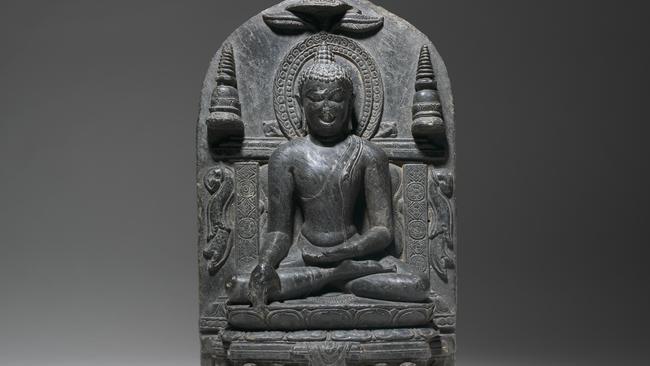
Labels too, which as already noted go into provenance at some length, are uneven in the substantial information they provide: in certain cases they are useful, but in others very straightforward things, like the meaning of the mudras or hand gestures in images of the , are omitted. And in the wall of cabinets, the labels are lined up below without clearly indicating to which of the works above they relate; if visitors cannot already recognise the difference between Chinese, Japanese, Indian and Thai Buddhas, for example, they will have difficulty working out which label goes with which sculpture.
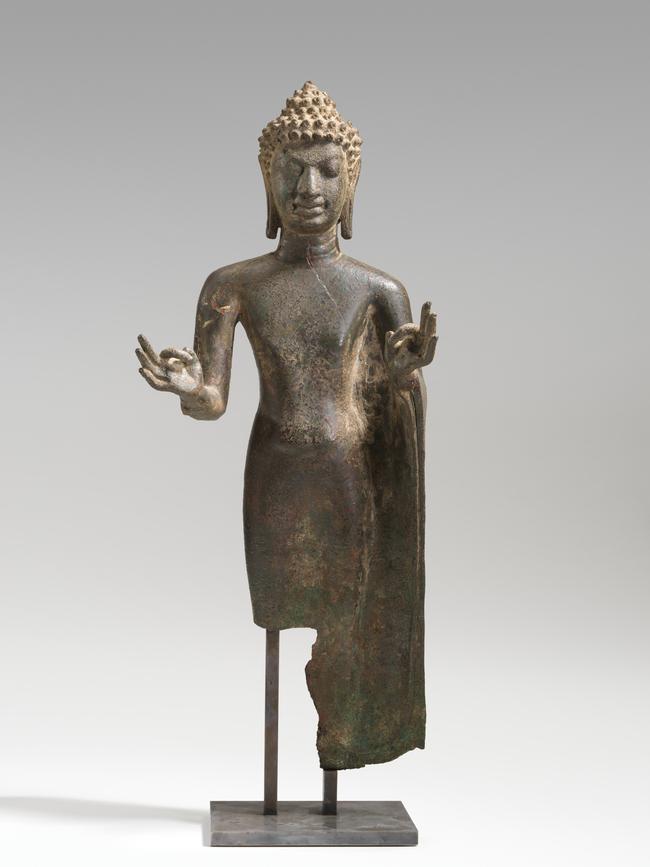
What is really inexplicable about this display, however, is the decision to set all of these works that express the spiritual traditions of India, China, Japan and the other great civilisations of Asia, works which speak of devotion – as the title of the display reminds us – in forms of the utmost skill and refinement, beside a work titled Pewter deity, an extremely large contemporary expression of brutality and abject disorientation by Ramesh Nithiyendran.
Purely on aesthetic and museological grounds the juxtaposition is stupid and insensitive, and to any practitioner of these spiritual beliefs it is simply insulting.
But this is not just an isolated error, a lack of judgment on the part of the curator. Something as dramatic and prominent as this has to come from the director and in fact repeats the formula that Nick Mitzevich had already adopted when he was head of the Art Gallery of South Australia. The idea is to mix contemporary works in with the displays of historical art, and the intention is presumably that it will wake audiences up and keep them on their toes.
The reality is that this approach can sometimes be successful, when done with subtlety and tact, but all too often, and as in this case, it feels designed to affront rather than to stimulate. At worst it implies a kind of contempt for audiences, or at least a condescending belief that the clever gallery people know better than their simple-minded conservative audiences, who must be given a dose of contemporary art like a medicine that tastes nasty but is good for you.
I first saw this new display some months ago. On a recent visit to Canberra, the Asian collection offered a still more depressing spectacle. The most significant works, and the ones that represented the great spiritual and aesthetic traditions of Asia, felt as though they had been shoved into a corner, crowded together without the space to appreciate the variety of different cultural expressions. Meanwhile, the upstairs section, alluded to above, was now closed off because of the COVID restrictions, so that the coverage of Asian art was even narrower, more perfunctory and conspicuously dominated by inferior, loud or simply bad contemporary work.
But even the upstairs section – when it was open – was perverse in its own way. Pieces were displayed under the categories of various “peoples”, in a kind of agnostic anthropological perspective that put the work of great civilisations on the same footing as those of minor tribal cultures. Here too there seemed to be an unwillingness to recognise the differences between qualities of cultural achievement.
The category of “peoples” makes sense in tribal societies and for populations that are fluid and without either important urban centres or large-scale political institutions. But it is not applicable in the same way at all to the populations of significant states and complex civilisations: such states tend to be diverse, often multiethnic, and frequently have “peoples” living under cultures other than those that belong to their original ethnic group.
In both sections of the display, in other words, there is an implicit hostility to the ranking of either cultural, spiritual or aesthetic value. Downstairs, the great artistic expressions of Asia’s spiritual traditions are cut down to size by being displayed next to an aggressive visual cacophony; upstairs the hierarchy of Asian traditions is reduced by a pseudo-anthropological levelling.
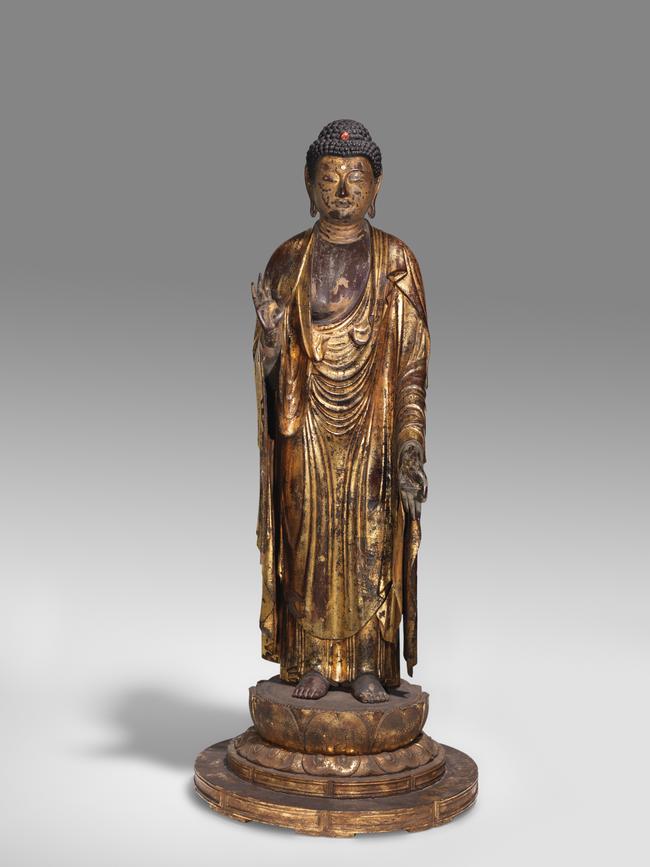
We have become accustomed to the self-flagellating disparagement of the heritage of Western civilisation by those who set themselves up as advocates of groups it has allegedly excluded; but here the same spirit of resentment attacks the civilisations of Asia. This is not only disrespectful to the work itself and to members of communities for whom it has living significance, but represents in both cases – upstairs and downstairs – the unwarranted imposition of contemporary Western perspectives and museological fashions on the art and culture of “peoples” who have their own understanding of the hierarchy of their civilisations.
Devotion, National Gallery of Australia (semipermanent).


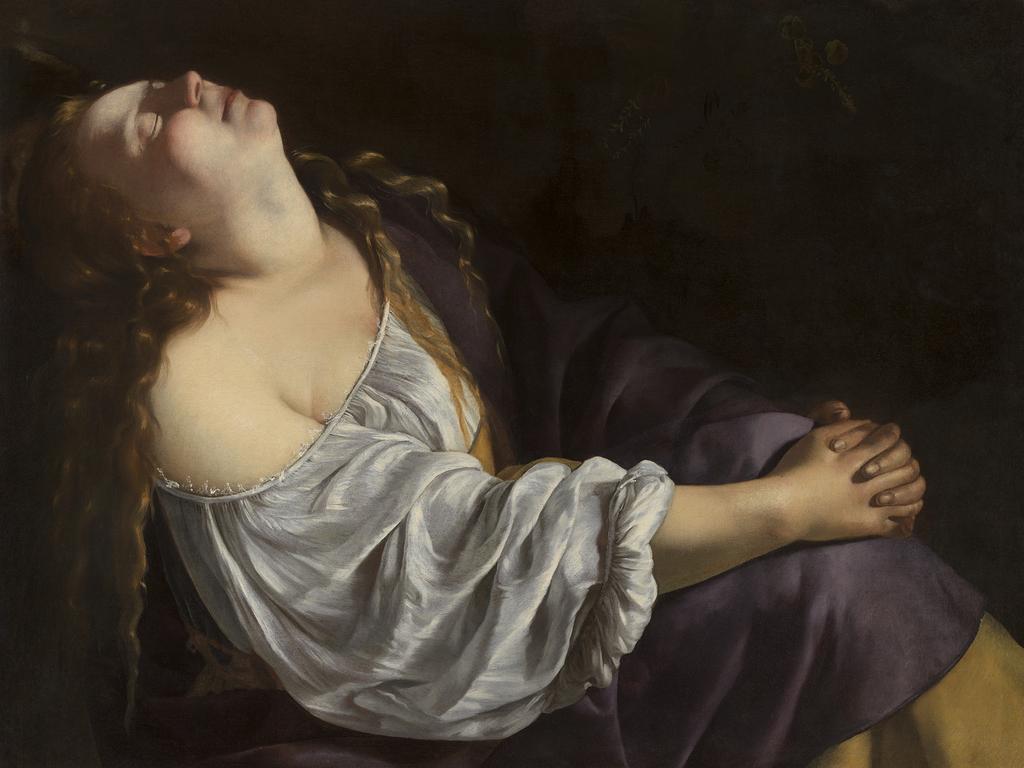



To join the conversation, please log in. Don't have an account? Register
Join the conversation, you are commenting as Logout